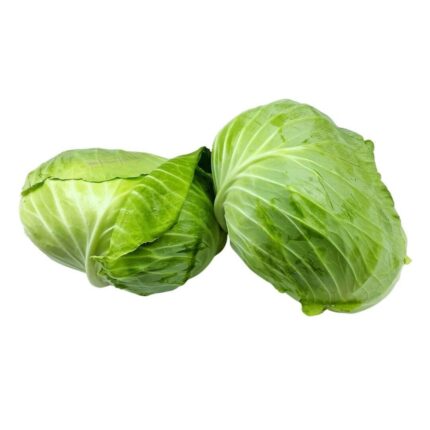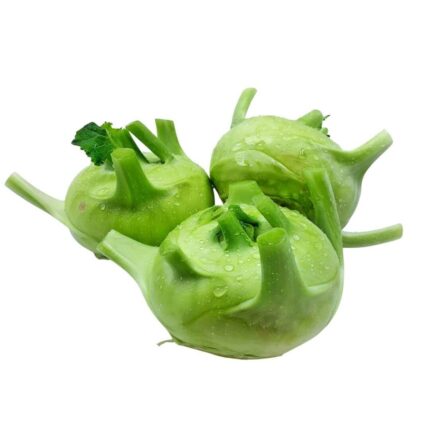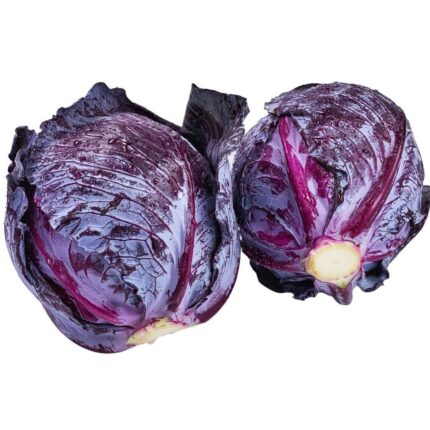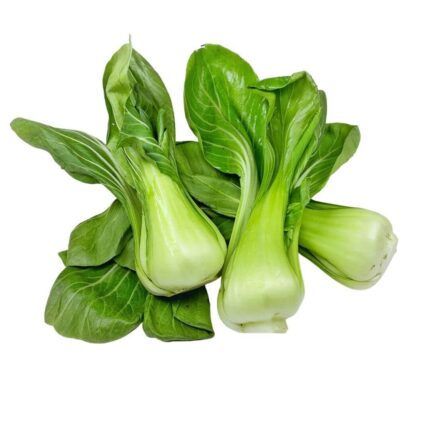~35 – 40 lbs
Long Napa aka “Long Napa Cabbage”, “Long Chinese Cabbage”, “Siu-Choy”, “Chang-Shao-Cai”, “Tian-Jin-Bai-Cai”, “Shan-Dong-Bai-Cai”, “长紹菜”, “天津白菜”, “山东白菜”, 長紹菜”, “山東白菜”
The long napa is a longer or more elongated version of the napa cabbage. It has a mild and slightly sweet taste. Most commonly eaten raw as a wrap or stir-fried. Long napa is available year-round.
Handling Tip
Selection
Long napa should have a tightly formed head.
Leaves have a uniform green color with no signs of wilting or discoloration.
The stalk is crisp and white without any black spots.
Storage
Long napa should be stored at 32ºF (0ºC) with a relative humidity of ninety-eight percent with mist.
The typical shelf life is three to six months. High humidity is important to avoid wilting.
Long napa is sensitive to ethylene, a naturally occurring gas that regulates ripening. Long napa should not be stored with high ethylene-producing products to extend shelf life. Long napa produces very little ethylene.
Long napa is sensitive to chilling injury after prolonged storage of five months at 32ºF (0ºC). Symptom includes brown midribs may be developed. Long napa is susceptible to freezing injury at 31ºF (-0.5ºC) and below. Freezing injury symptoms include water-soaked areas and soft spots.
Creating clear and transparent shipping and handling policies is crucial for a commodity trading company like Agropastoral Products Co., Ltd. Here's a framework for the Shipping and Handling Policy:
1. Shipping Policy:
a. Shipping Process: - Detail the steps involved in the shipping process, from order placement to delivery.
b. Shipping Rates: - Specify the shipping costs associated with various products or order amounts.
c. Delivery Timeframe: - Provide estimated delivery times based on location and shipping method.
d. Shipping Carriers: - Name the shipping carriers used and any partnerships that may influence shipping.
e. International Shipping: - Explain international shipping options, rates, and potential customs or import duties.
f. Tracking Information: - Describe how customers can track their orders and obtain tracking information.
g. Shipping Restrictions: - List any countries, regions, or products where shipping may be restricted or limited.
2. Handling Policy:
a. Packaging: - Describe how products are packaged to ensure safe transit and delivery.
b. Quality Assurance: - Explain any quality control measures or checks in place during the handling process.
c. Fragile Items: - Provide special handling instructions for fragile or delicate commodities.
d. Inventory Management: - Detail how inventory is managed to maintain accuracy and prevent errors in order fulfillment.
e. Returns and Exchanges: - Outline the process for handling returns, exchanges, or replacements related to shipping issues or damaged items.
3. Additional Policies:
a. Lost or Damaged Items: - Explain the procedure for reporting and addressing lost or damaged items during shipping.
b. Split Shipments: - Describe under what circumstances the company may split an order into multiple shipments and how this is communicated to the customer.
c. Free Shipping Offers: - Clarify conditions for free shipping, such as minimum order amounts or specific products.
d. Holiday or Peak Season Shipping: - Provide information about any special considerations or delays during peak seasons or holidays.
e. Force Majeure: - Address how the company handles unforeseen events like natural disasters, strikes, or other force majeure events affecting shipping and delivery.
f. Contact Information: - Provide contact details for customers to reach out for shipping-related queries, concerns, or support.
Regularly update and review these policies to ensure they align with your company's operations and any changes in shipping or handling processes. Communicating these policies clearly to your customers will help manage their expectations and provide a positive shopping experience.














Reviews
There are no reviews yet.